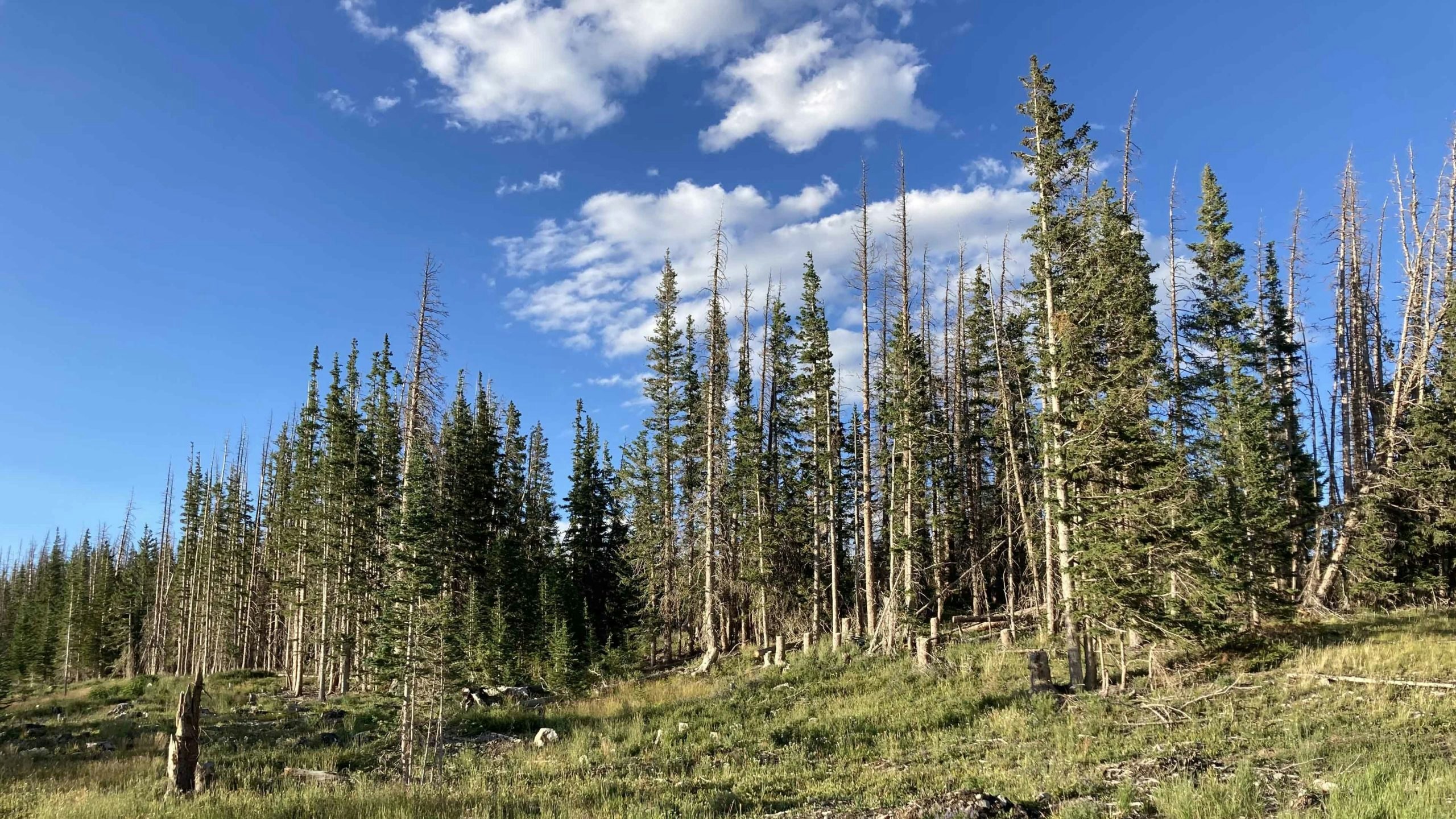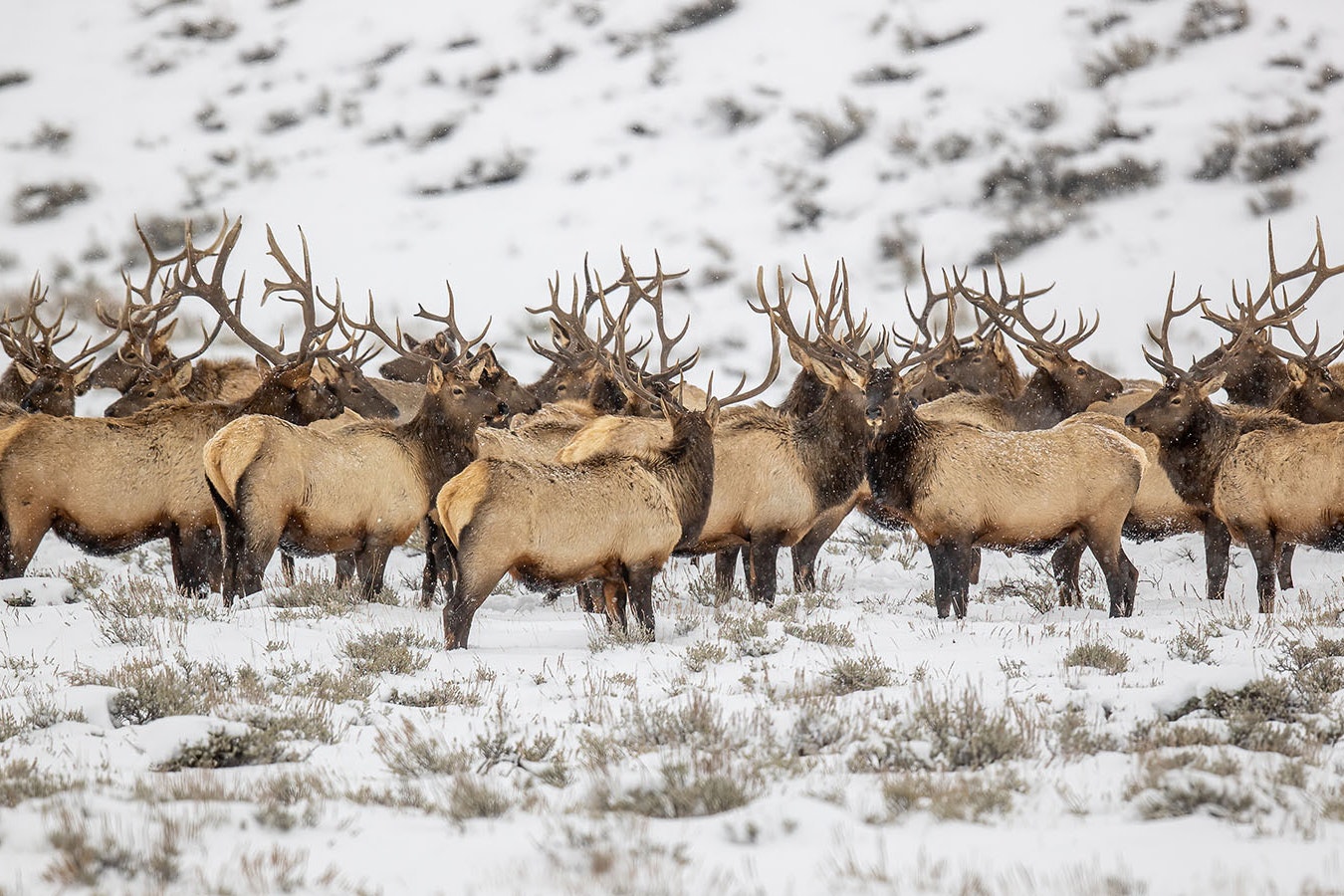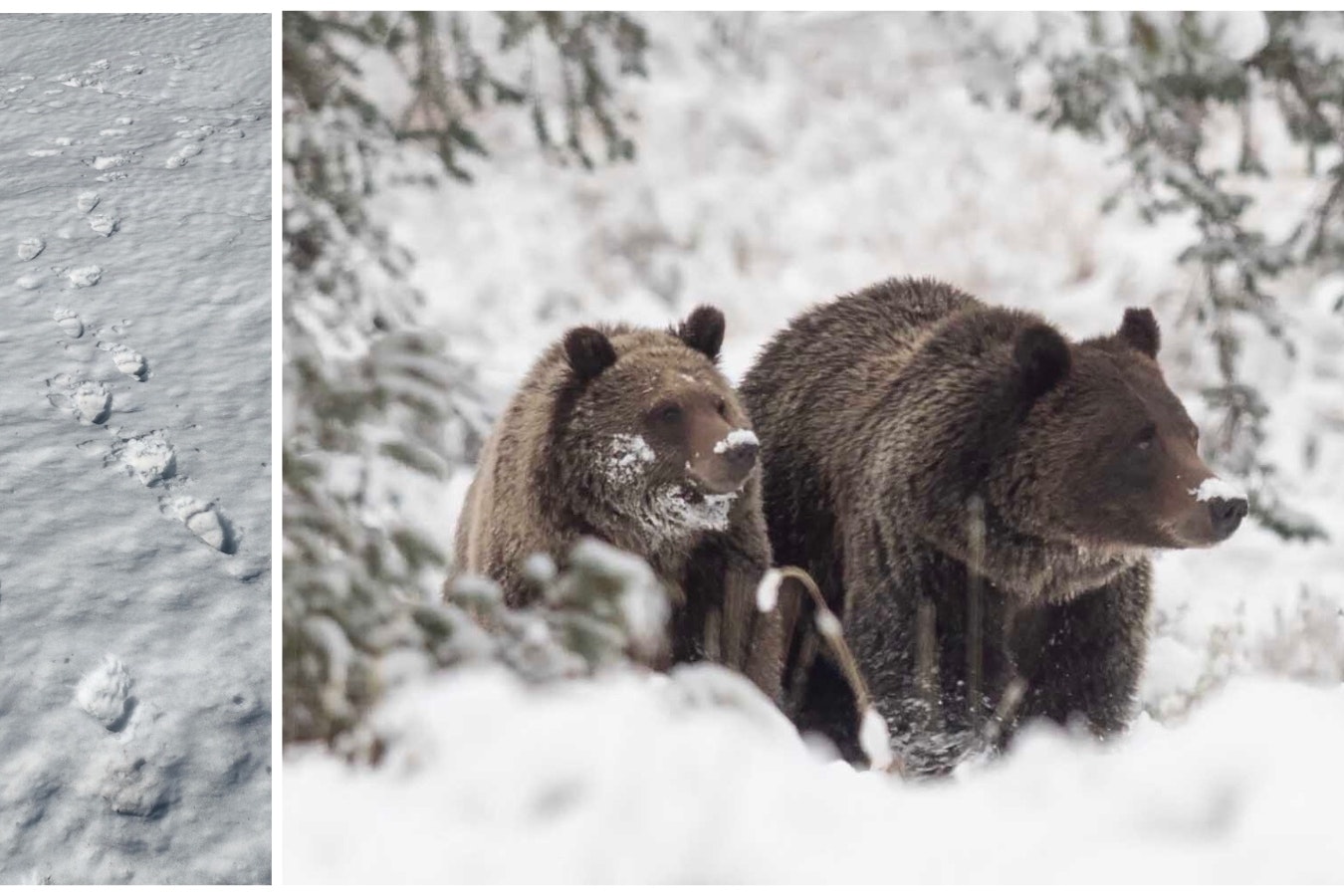Drive along Wyoming’s highways or back roads through forested regions, and the view will likely include vast spreads of dead trees – many of them still standing.
The mountain pine beetle epidemic that struck the hardest during the early 2010s has waned, some experts said, but it left an unfathomable number of dead trees across Wyoming’s National Forests and Yellowstone National Park.
The threat from mountain pine beetles remains at a “low level” across the state, according to an email to Cowboy State Daily written jointly by two U.S. Forest Service Experts. Other bark beetles are still killing trees here, said Harrison Brookes, a forest health program manager based in Cheyenne, and Kendra Schotzko, an entomologist based in the agency’s Rapid City, S.D. service center.
The danger also seems mostly past within Yellowstone, though there was a scare last year, Park Service public affairs officer Linda Veress said in an email to Cowboy State Daily.
“In 2021, an outbreak was observed in the southern part of the Greater Yellowstone Ecosystem by park staff,” she said. “They (park staff) have been trapping beetles in the park, but have not observed numbers indicating an outbreak.”
During the peak of the epidemic, some forestry and insect experts blamed a lack of the long, severe winter cold snaps for which Wyoming is famous (or infamous).
A general lack of weeks-long episodes of temperatures plunging into the double-digits below zero allowed the beetles to survive winters in unusual numbers, experts claimed. And atypically warm temperatures during the summers and falls allowed them to venture to higher elevations than usual, where the trees generally lacked natural immunity to their assaults.
The old age of many of Wyoming’s tree stands, particularly lodgepole pines, played a role, retired forester Karl Brauneis of Lander told Cowboy State Daily.
Brauneis worked as a Forest Service forester and firefighter from the 1970s until the mid-2000s, and he saw his share of beetle kill.
“Mountain pine beetle is always in the system; it’s in an endemic form that can turn into an epidemic. It’s all related to tree age,” he said. “Once lodgepole pines are about in that 100-year age range, they send out a vibe – ‘Hey, I’m an old tree, I’m about ready to die.’ The beetles pick up on that and move in.”
Tree age plays a part, but there are other factors as well, Brookes and Schotzko said.
Larger trees can attract beetles because they offer more for the insects to feed on, they said. And older trees are also “less vigorous” at defending themselves against attack. However, drought and high winds can also stress trees, and dense tree stands give beetles more opportunity to spread rapidly.
Although the mountain pine beetles are in retreat, at least for now, there are other ongoing threats.
Brookes and Schotzko wrote that:
· Douglas fir beetle populations are increasing on the Shoshone and Medicine Bow National Forests. That has happened in Douglas fir stands that have also experienced persistent defoliation by western spruce budworm for several years.
· Spruce beetle has been active on the Shoshone National Forest for several years, and as a result there are a lot of standing dead spruce trees. Spruce beetle activity is continuing on the Shoshone National Forest.
· On the Bighorn National Forest, there is also old spruce beetle-caused tree mortality, and spruce beetle populations are currently moving into fire-scorched trees.
· Pine engraver beetle is causing small, localized pockets of mortality in the Black Hills National Forest.





